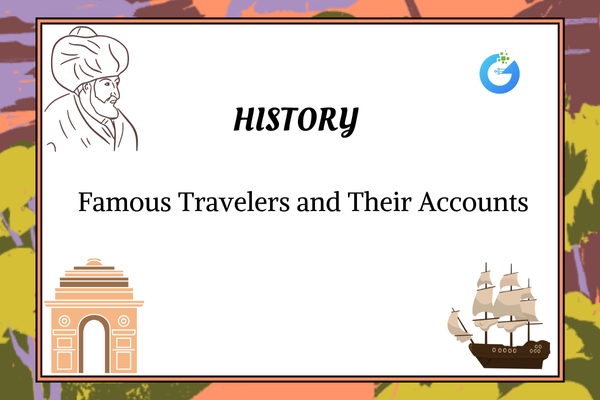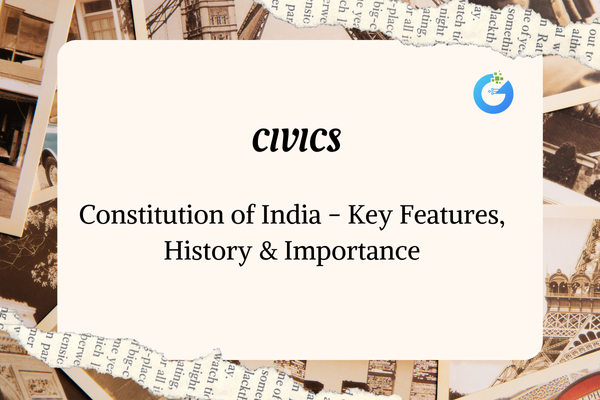Introduction – Why Were Travelers Important?
In medieval times, travelers were like windows to the world. They came to India from distant lands, curious to see its cities, meet its people, and understand its culture. Some were merchants, others were scholars, ambassadors, or even adventurers. These travelers left behind detailed accounts—books and diaries—that help us understand medieval India through fresh eyes. Their writings described the wealth, customs, cities, and lives of the people they met, giving us a glimpse of the past from an outsider’s perspective.
expert-led History classes – visit our website to learn more
Who Were These Travelers?
Some of the most famous travelers who visited India during medieval times came from faraway lands like Morocco, China, Persia, and Europe. Their backgrounds were as diverse as their observations. These visitors often belonged to royal courts, trading families, or scholarly communities, and many had official duties such as diplomatic missions or cultural exchanges.
- Ibn Battuta – A Moroccan explorer who came to India during the reign of Muhammad bin Tughlaq.
- Marco Polo – An Italian traveler who visited southern India and described its ports and riches.
- Al-Biruni – A Persian scholar who studied Indian sciences, religions, and languages during Mahmud of Ghazni’s rule.
- Niccolò de’ Conti – A Venetian merchant who visited Vijayanagara and praised its vibrant culture.
- Abdur Razzaq – A Persian ambassador who visited the court of the Vijayanagara Empire and wrote detailed accounts of its wealth and order.
- Francois Bernier and Jean-Baptiste Tavernier – French travelers who visited during the Mughal period and wrote about trade, court life, and society.
What Did They Write About?
These travelers described everything—city life, clothing, food, temples, festivals, rulers, roads, trade, and more. They were amazed by the size of cities like Delhi and the beauty of temples in Hampi. They noticed the diversity of India’s people, religions, and languages. Some commented on the justice system or the markets, while others were fascinated by local customs, rituals, or crafts.
For example, Ibn Battuta wrote about Delhi’s grandeur and how he became a judge there. Al-Biruni explained Indian astronomy and culture in great detail, while Marco Polo noted the diamond mines and busy ports of South India. Their writings reflect a blend of admiration and curiosity, as well as comparisons with their own homelands.
What Do These Accounts Tell Us Today?
These travelers’ accounts are very valuable to historians. They provide first-hand descriptions of places, people, and events that are not always found in Indian records. Since they were outsiders, they sometimes noticed things locals took for granted. However, they also had their own biases, and not all their observations were accurate. Still, their writings give us clues about the economy, society, and culture of medieval India.
Their accounts often confirm or contrast what Indian texts say, helping historians get a more balanced and complete picture of life in the past.
Famous Accounts and Where They Visited
These travelers explored different regions of India and recorded what they saw. Their destinations and experiences varied based on the period and the purpose of their visit.
| Traveler | Country | Period | Visited Places | Famous For |
| Ibn Battuta | Morocco | 14th century | Delhi, Malabar Coast | Appointed Qazi in Delhi; wrote Rihla |
| Marco Polo | Italy | Late 13th century | South India, Coromandel Coast | Described trade, ports, and diamond mines |
| Al-Biruni | Persia | 11th century | Punjab and North India | Wrote Kitab-ul-Hind on Indian knowledge |
| Abdur Razzaq | Persia | 15th century | Vijayanagara | Described the city’s beauty and royal court |
| Niccolò de’ Conti | Italy | 15th century | Vijayanagara and other parts | Observed customs and urban life |
| Francois Bernier | France | 17th century | Mughal Empire (Delhi, Agra, etc.) | Wrote on social inequality and court politics |
| Jean-Baptiste Tavernier | France | 17th century | Deccan, Surat, Bengal | Described gemstone trade and Mughal wealth |
How Did They Travel?
Traveling in those days was not easy. They journeyed on foot, horseback, or by ship, facing challenges like weather, bandits, diseases, and language barriers. Some travelers joined caravans for safety, while others relied on local rulers or trade guilds for protection. Roads were often rough and unmarked, and sea voyages could take months. Yet, despite all the hardships, these travelers showed great courage and curiosity.
Fun Fact!
Ibn Battuta traveled for over 30 years and covered around 75,000 miles—more than Marco Polo! He visited not only India but also China, the Maldives, Central Asia, and several parts of Africa. His travelogue, Rihla, remains one of the most detailed travel accounts of the medieval world.
Conclusion – The Eyes and Pens of History
These famous travelers were more than visitors—they were storytellers of history. Their keen observations, curiosity, and writings turned ordinary scenes into rich records. Even centuries later, we learn from what they saw and felt. Thanks to them, we can picture medieval India not just through kings and battles, but through markets, music, meals, and human moments.
Their accounts connect us with the everyday lives of people who lived long ago and show how India impressed, puzzled, and inspired those who came from afar.








